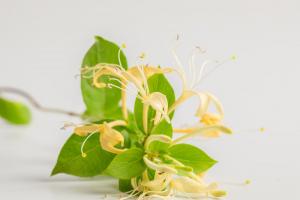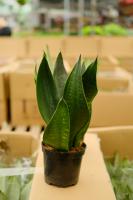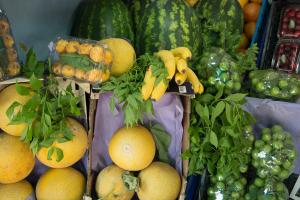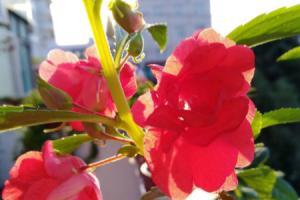When to Plant Apple Trees in Zone 6b
Planting apple trees is a great way to enjoy a delicious and nutritious fruit in your backyard. However, planting at the wrong time or in the wrong conditions can lead to poor growth and yield. Zone 6b is a great climate for growing apple trees, but when should you plant them?
The Best Time to Plant Apple Trees in Zone 6b
In Zone 6b, the best time to plant apple trees is in the late winter or early spring, when the ground is still cold but beginning to thaw. This typically falls between February and April. Planting at this time will allow the roots to establish before the leaves begin to grow.
It is important to avoid planting in the summer or fall, as these seasons can be too hot or dry for young saplings to establish root systems. Winter planting is also not recommended, as the ground is often frozen and can make it difficult for the tree to take root.
Preparing Your Soil for Apple Trees
Before planting apple trees in Zone 6b, it is important to prepare your soil properly. Apple trees thrive in well-drained soil with a pH between 6.0 and 7.0. If your soil is not within this range, you may need to adjust it before planting.
To test your soil, purchase a soil testing kit from your local garden center or online. Follow the instructions carefully and adjust the pH accordingly. This may involve adding lime to raise the pH or sulfur to lower it. Mixing compost or other organic matter into the soil can also improve drainage and nutrient levels.
Choosing the Right Apple Tree Variety
When selecting apple trees for your Zone 6b garden, it is important to choose varieties that are suited to your climate. Some of the most popular varieties for this zone include Honeycrisp, Red Delicious, Granny Smith, and Jonathan apples.
You should also consider the size and growth habit of the tree, as well as its pollination requirements. Apple trees can be self-pollinating, but they will produce larger and more abundant fruit if they are cross-pollinated with another variety.
Planting Your Apple Trees
Once you have chosen your apple tree varieties, prepared your soil, and selected a planting location, it's time to plant your trees. Dig a hole that is twice as wide as the root ball and deep enough to accommodate the roots. Gently place the tree in the hole and backfill the soil, pressing down firmly to eliminate any air pockets.
Water the tree thoroughly after planting and add a layer of mulch around the base to retain moisture and prevent weeds. You may also need to stake the tree to provide support while the roots take hold.
Caring for Your Apple Trees
Once your apple trees are planted, it is important to care for them properly to ensure healthy growth and a bountiful harvest. This may involve regular watering, fertilizing, pruning, and pest control.
Water your apple trees deeply once a week, especially during dry spells. Fertilize with a balanced fertilizer in the spring and again in the fall. Prune your trees to remove dead or damaged branches and to shape the tree for optimal growth. Watch for signs of pests and disease, and treat as needed with environmentally friendly products.
Conclusion
Planting apple trees in Zone 6b can be a rewarding experience, but it requires careful preparation and maintenance. By planting at the right time, preparing the soil, choosing the right varieties, and providing proper care, you can enjoy a bountiful harvest of delicious and nutritious apples for years to come.

 how many times do yo...
how many times do yo... how many planted tre...
how many planted tre... how many pine trees ...
how many pine trees ... how many pecan trees...
how many pecan trees... how many plants comp...
how many plants comp... how many plants can ...
how many plants can ... how many plants and ...
how many plants and ... how many pepper plan...
how many pepper plan...

































